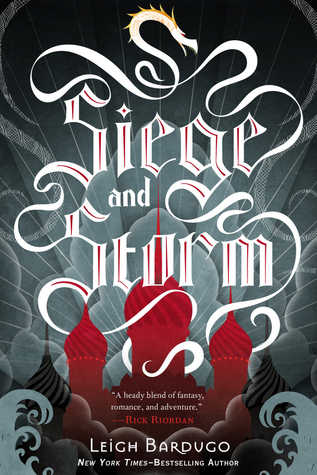Anyway. It was no surprise to me to find that the large majority of the books on my shelf were part of a series, but what I found interesting was the enormous discrepancy between series and standalone books, at least on my shelf.
For context purposes, my shelf is comprised of 37% Adult novels (nearly all from one author, heh heh) 48% Young Adult and 15% Middle Grade.
And for more context, the genre breakdown is as follows: 62% Fantasy (of all types—Paranormal, Urban Fantasy, High, etc.), 17% Thriller, 7% Sci-Fi (Note to self: buy more Sci-Fi), 3% Contemporary, 10% Dystopian and 1% Horror.
Now the series figures. Are you ready?
A whopping 82% of my bookshelf are books that are part of a series (versus 18%, for those who don’t like math).
And out of the series books, 44% are part of a trilogy.
Out of those standalone novels, 73% are Adult.
Out of the trilogies, 77% were Young Adult and 23% were Adult. (The two Middle Grade series I’ve collected on my shelf are part of a longer series).
So this probably says a lot more about my book buying habits than it does about trends and the industry, but I know I’m not the only one whose noticed that as of late at least, series seems to be king. Particularly trilogies. And I’ve noticed that some people seem to be getting tired of it.
I read a post not too long ago that mentioned that years ago, the promise of a trilogy made it easier to sell a book. It makes sense—the promise of more books equates more money in the long run, however, the post also mentioned that nowadays, you’re about equally likely to sell a standalone compared to a trilogy. (I forget what post this was from, but if anyone recognizes it feel free to let me know. I like giving credit where credit is due).
As far as reading goes, I’m not sure that I really have a preference. I love trilogies, series and duologies alike, although the trilogy format always seemed to be a perfect amount to complete a full story arc to me (although I still love longer series just as much, *ehem* Artemis Fowl, Harry Potter, Mortal Instruments and Percy Jackson). A series allows us to extend our time in worlds we love with characters we love, and I think that’s really special.
I’ve also seen a new trend of series comprised of companion novels, like the Graceling series the Losing It series, which I find especially interesting because they allow us to learn more about the story world an see aspects of that world that the original main characters couldn’t show us. And that, to me, is fascinating. As an added bonus—no cliffhangers! Every book has a fully completed arc from start to finish.
All that being said, I enjoy standalone novels just as much. The Fault in Our Stars was perfect on it’s own, as were some of my Adult favorites like Immanuel’s Veins, Thr3e and The Bride Collector.
As for writing, all of the manuscripts I’ve written thus far were written with a series in mind (although I haven’t written any sequels for reasons explained here). But with NaNo coming up and new ideas taking hold, I think I’d like to play with straight-out standalones in the future. With maybe an idea or two for companion books. Who knows?
So those are my thoughts, now I want to hear from you: when reading or writing (or both), do you prefer series or standalone novels? Why?
Twitter-sized bites:
When reading or writing, do you prefer series or standalone novels? Join the discussion at @Ava_Jae's blog. (Click to tweet)
To series or not to series? Writer @Ava_Jae counts her books, makes pie charts & shares series & standalone stats. (Click to tweet)

























